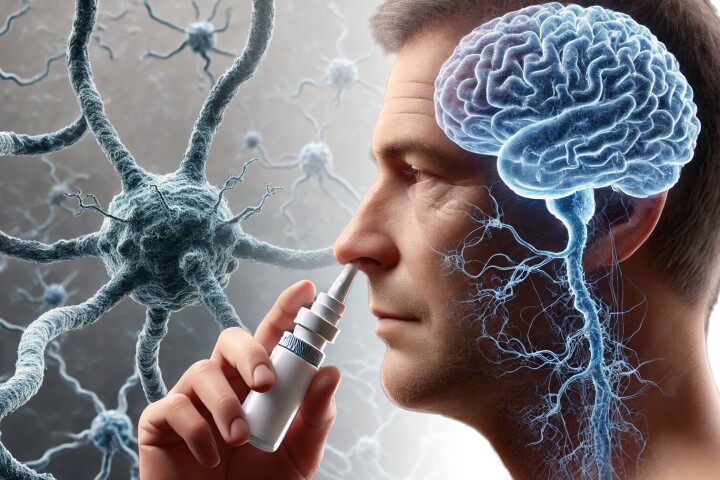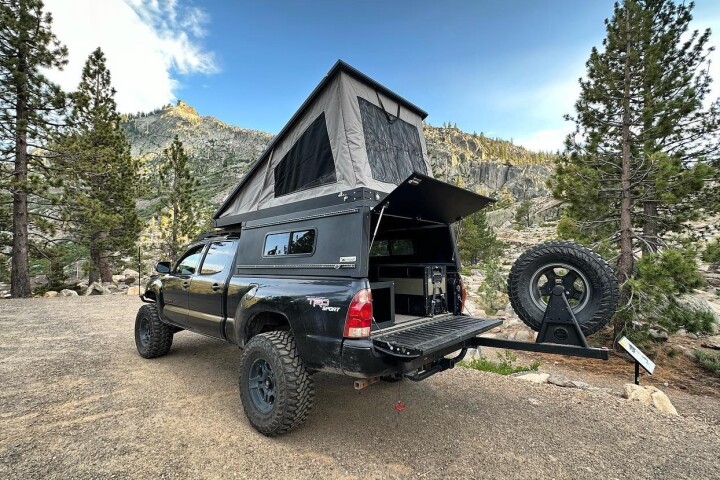When you're dealing with the impurities of your local city water supply, a Brita filter should be enough to give you clean-tasting water. But when you're dealing with the impurities lingering in a raw, untreated stream in the woods, you'll need something stronger. This solution from Camelbak - the All Clear bottle - gives you an integrated UV purifier designed to kill all those nasty microorganisms that just live to wring your intestines out.
The All Clear bottle - or CamelBak All Clear Microbiological UV Water Purifier if you really want to get into it - is an all-in-one purification and drinking system. The bottle includes a high-power UV light similar to what's used in standalone purifiers like the Steripen Freedom, only the All Clear integrates the light into the bottle's cap.
Cleaning your water is quite simple: screw the cap in; hold the power button down for two seconds; and rotate the bottle while the UV rays do their work. The LCD screen counts down and lets you know when the process is complete and the water safe to drink. The UV system is claimed to zap 99.9999 percent of bacteria, 99.99 percent of viruses and 99.9 percent of protozoa in 25 ounces (0.75 liter) of water in 60 seconds time.

The bottle includes a rechargeable battery that delivers about 80 purification cycles per charge. The LCD screen displays information about battery life and charging status. The bulb itself is designed to last for 10,000 cycles, which Camelbak says gives the bottle enough juice to clean 3 liters (101 ounces) of water a day for close to seven years.
Camelbak originally introduced the All Clear bottle in the summer of 2009 and planned to release it the following year. However, the company wasn't quite happy with the product and sent it back to the lab for tweaking. The newest version offers a faster purification time, a longer lasting UV bulb and better-integrated rechargeable battery system. The price has also come down.
Camelbak will start selling the All Clear system next month. It will retail for US$99 and include the 25-ounce Tritan Better Bottle, a classic cap for drinking, the All Clear purification cap, a protective case for storing the All Clear cap, and the mini-USB cable for recharging.
If you tend to have large sediment in your water - dirt, leaves, rocks, etc. - Camelbak also offers a $15 Pre-Filter with 100 micron screen. That will take care of the stuff you can see, and the UV system will finish the job on what you can't.
Source: Camelbak





